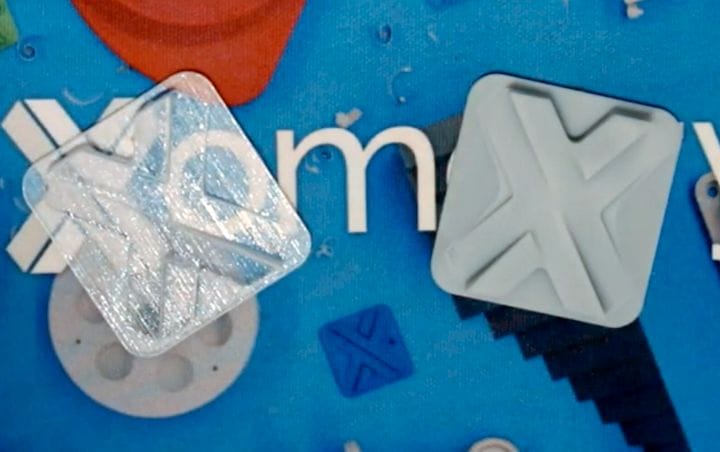![Xometry published several videos to help choose a 3D printing process [Source: YouTube]](https://fabbaloo.com/wp-content/uploads/2020/05/image-asset_img_5eb094c784f23.jpg)
Choosing the best 3D print process can be a complex matter.
Well, it’s easy if you have only one type of 3D printer available; that’s the one you use. But for a given application, there are really many different 3D printing processes to choose from, particularly if you are using a 3D print service.
3D print services tend to offer a variety of 3D printing processes through their acquisition of multiple types of equipment. And even then, they frequently will have multiple machines of each type for increased throughput.
A very common scenario in a 3D print service is the choice of 3D printing process. Clients may show up with intentions of using a particular 3D printing process, but upon inspection of the project by the service operators, it may not be the best choice.
The 3D print service’s operators tend to know best which 3D printing process and materials are optimal for a particular project, as they use all the different machines on a daily basis. They’re considering a number of different factors with the application, including:
-
Desired surface quality
-
Thermal environment during use
-
Mechanical stresses expected
-
Usage safety, especially for medical applications
-
Desired surface and interior color
-
Number of units required
-
Dimensions of the part
-
Degree of geometric complexity
-
Minimum feature size
-
Post-processing requirements
And more.
Another key factor to consider is cost. Every 3D print service has a unique costing system that takes into account the number of units required, machine and material costs, labor costs, and other expenses. The cost must be balanced between the functional requirements of the project and the client’s budget.
What I’m saying here is that there is sometimes a lengthy discussion between client and 3D print service to work out these details. Clients must make decisions on 3D print process and materials used, which result in a cost from the service.
One service we follow is Maryland-based Xometry, which provides a wide variety of 3D print processes, as well as alternative manufacturing processes such as injection molding, sheet metal fabrication, CNC milling and casting. Like most 3D print services, they have these conversations with clients all the time.
But it seems they’d like to short-circuit some of the discussion by explaining some of their 3D print process decision logic through a video series. The videos, featuring “Xometry Greg”, are actually pretty good as they get right to the key questions one might ask when considering two different 3D print processes for a project. Here are their most recent videos:
SLS vs HP MJF
For many years SLS was the Go-To solution for durable, high-quality 3D prints. But HP’s recently introduced MJF technology now creates a situation where decisions need to be made:
PolyJet vs SLA
Both PolyJet and SLA 3D printing processes are quite mature and use photopolymer resin as their material. However, the results and capabilities of these two processes are quite different:
DMLS: Stainless Steel vs Aluminum
Xometry offers a metal 3D printing service in several different metal materials, including steel and aluminum. This video explains some of the differences between prints in each metal:
SLS vs FDM
One of the oldest 3D printing technologies is FDM from Stratasys, and its capabilities are well-known. But what are the important differences between it and SLS?
Anyone pondering the any of these 3D print processes will learn about the difference by watching these quick but informative videos.
Via Xometry











MakerOS has a brilliant hidden feature in their online service: a sophisticated 3D print pricing calculator that allows operators to determine exactly how to price prints.